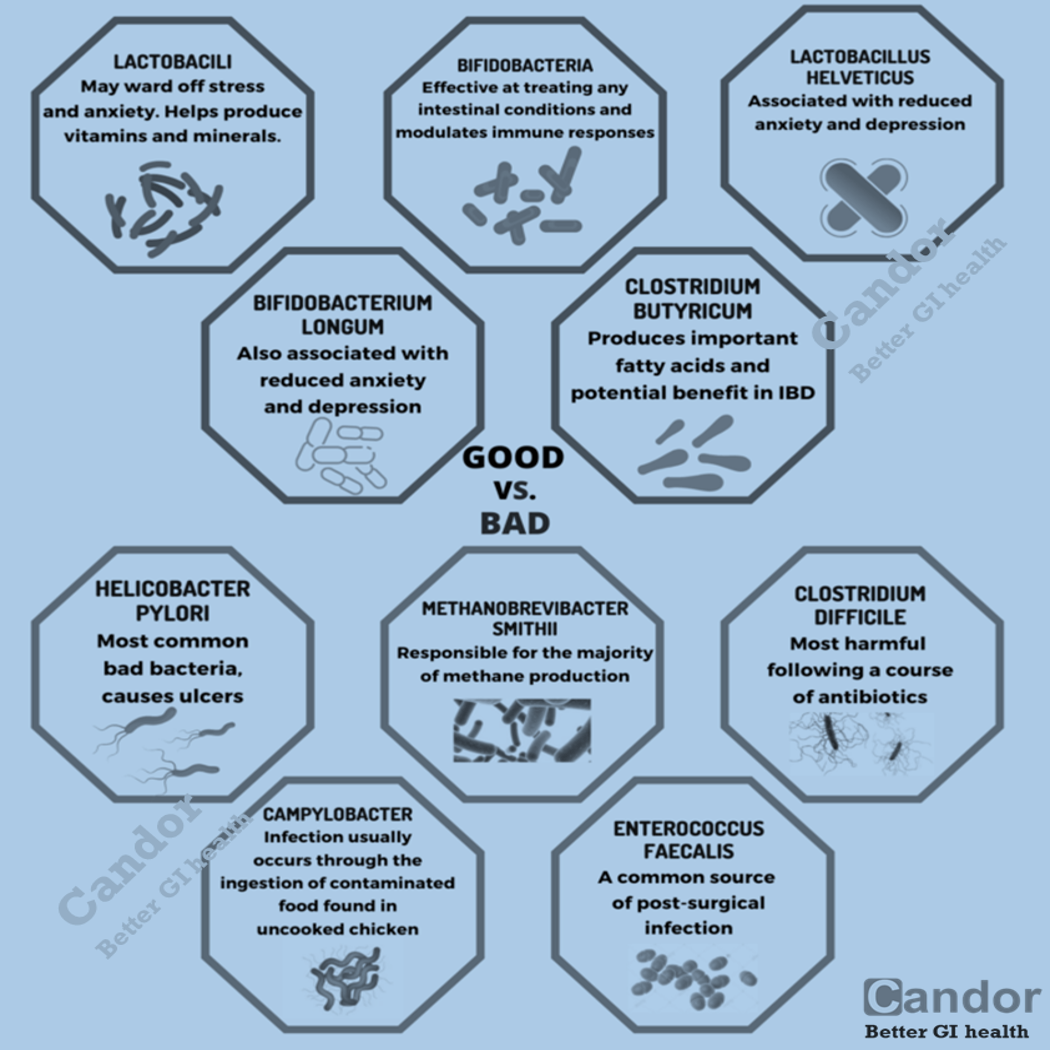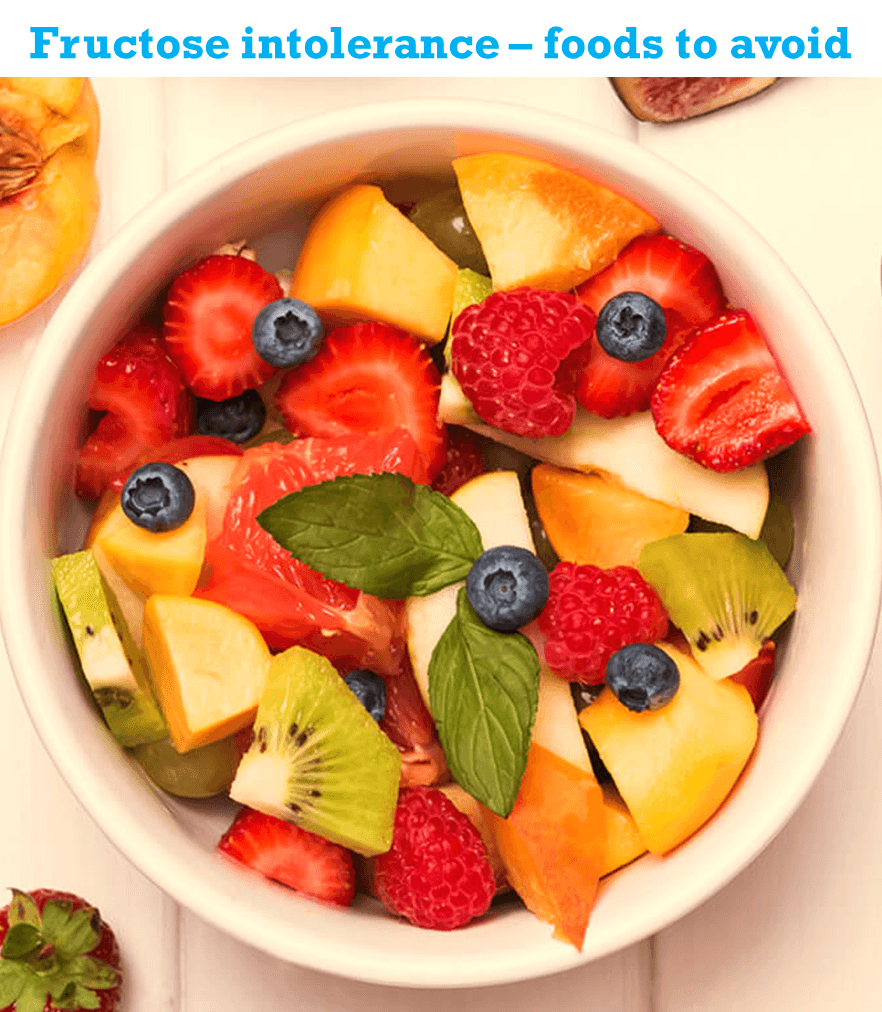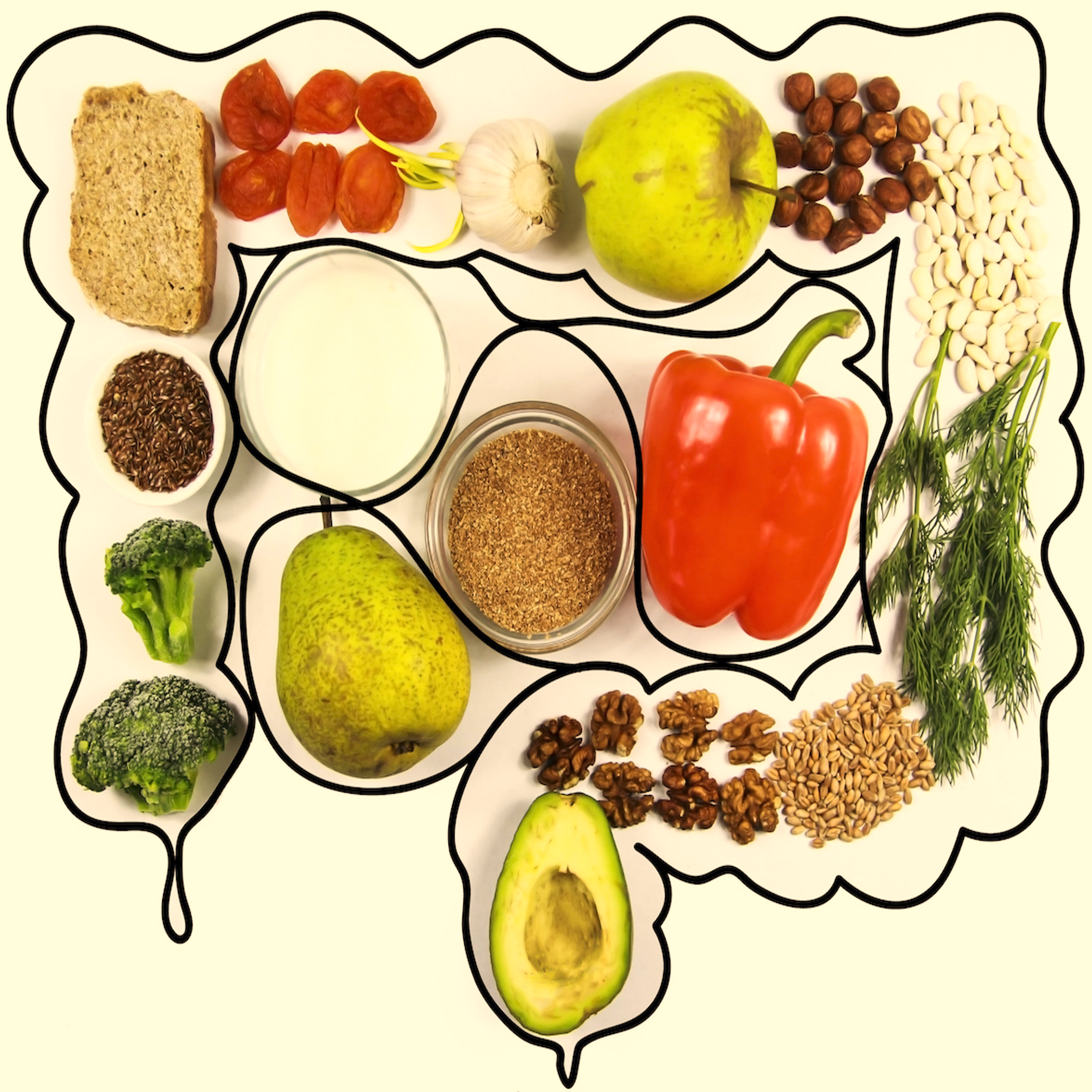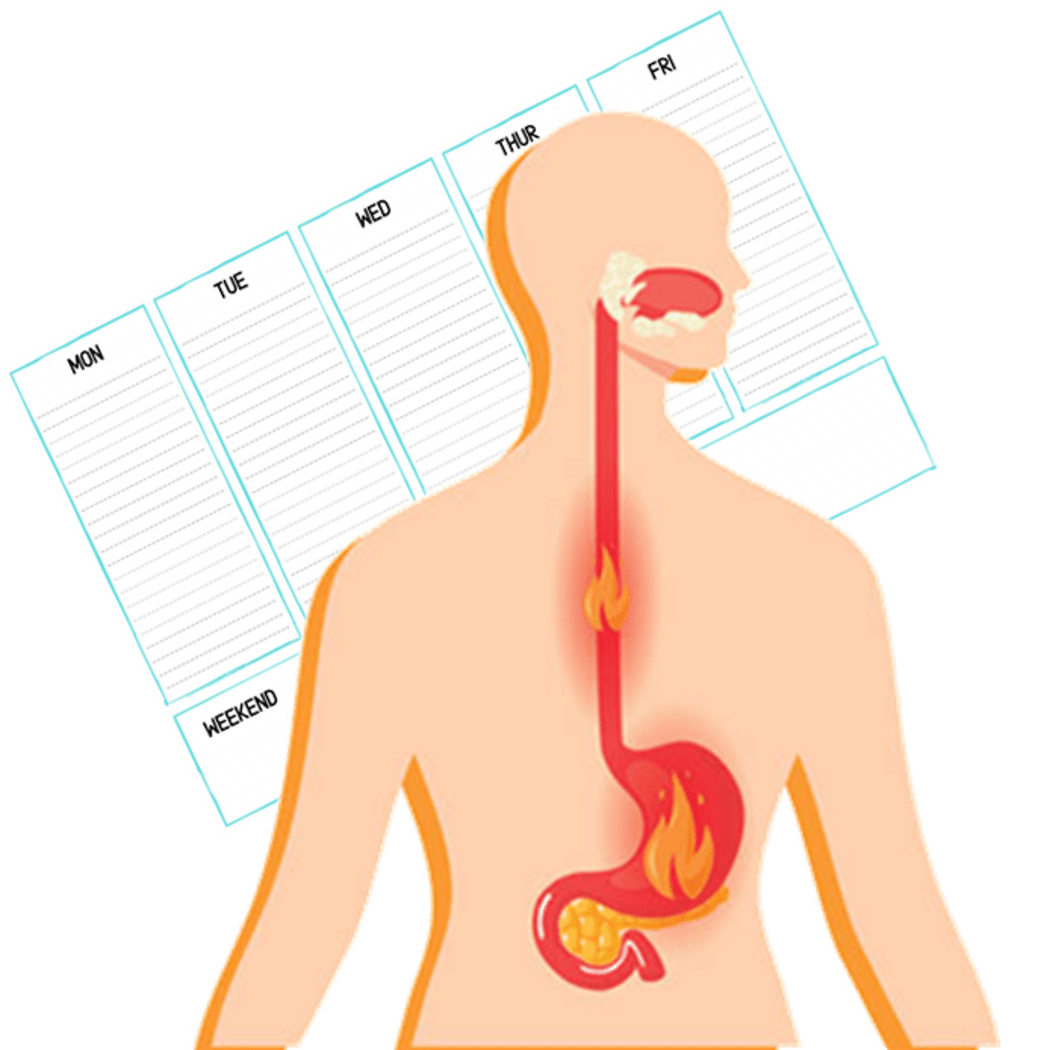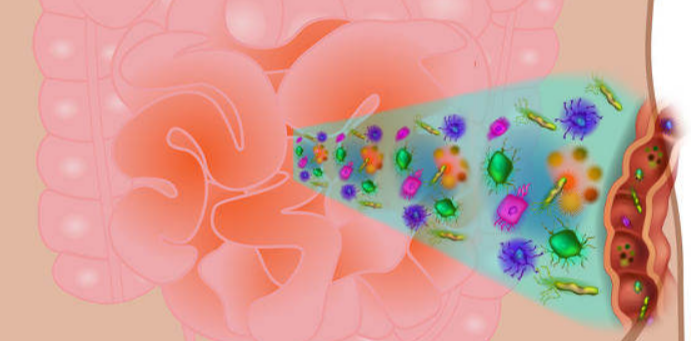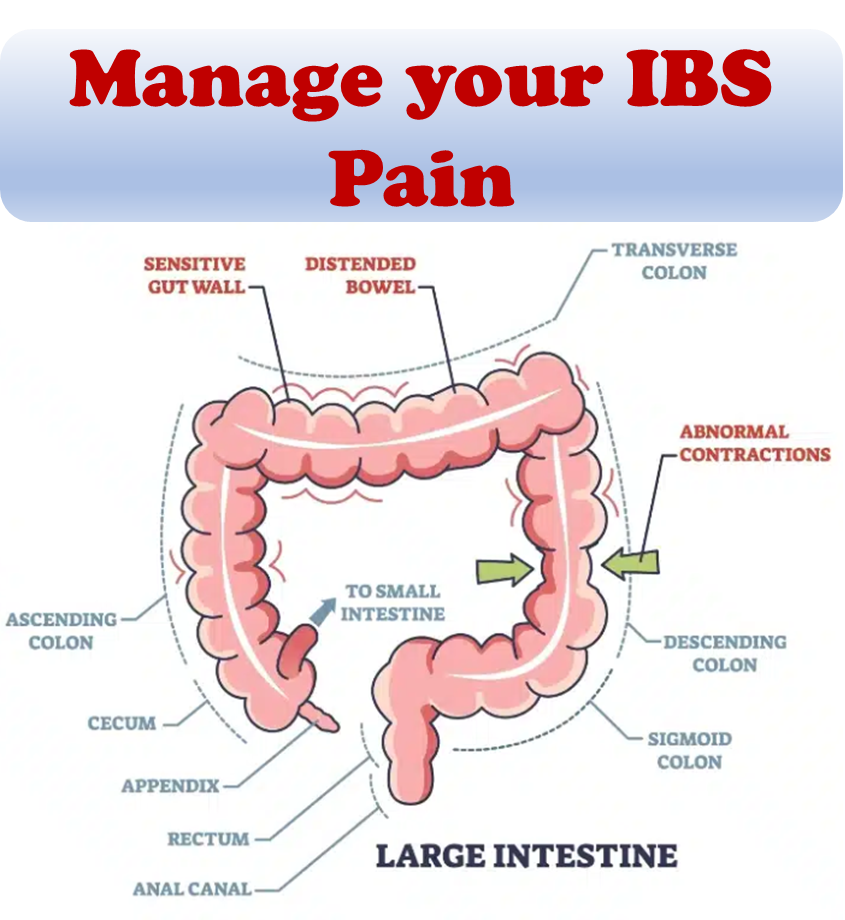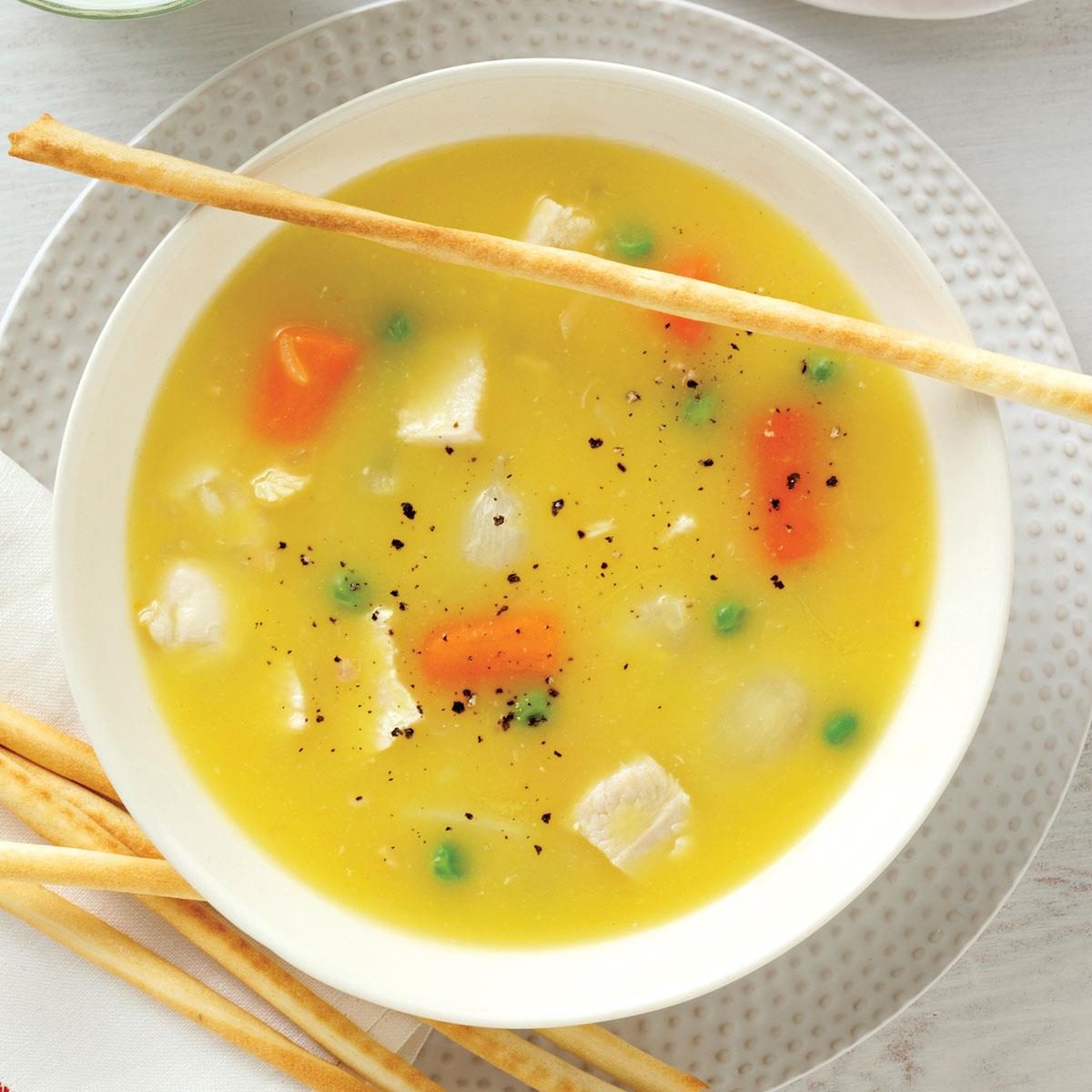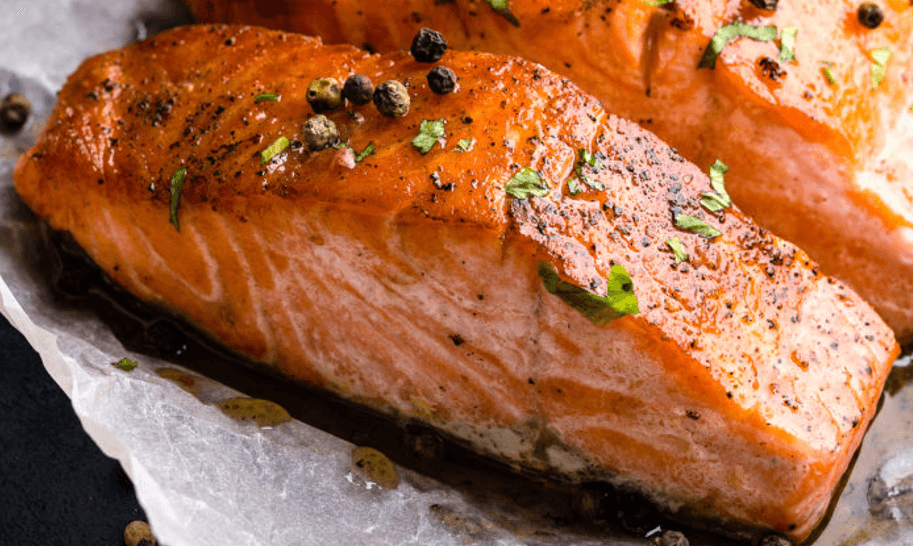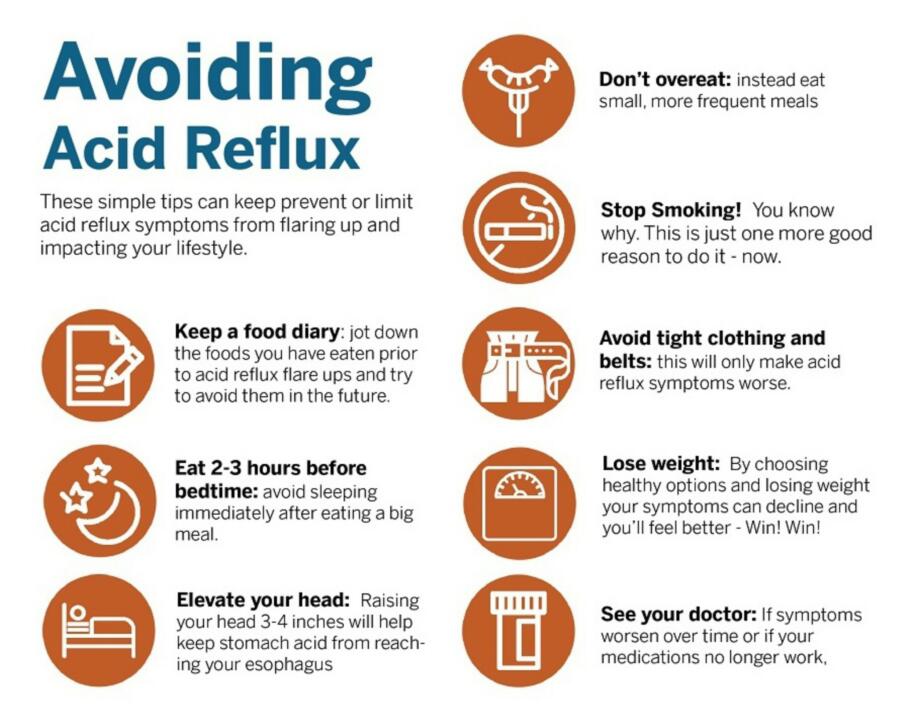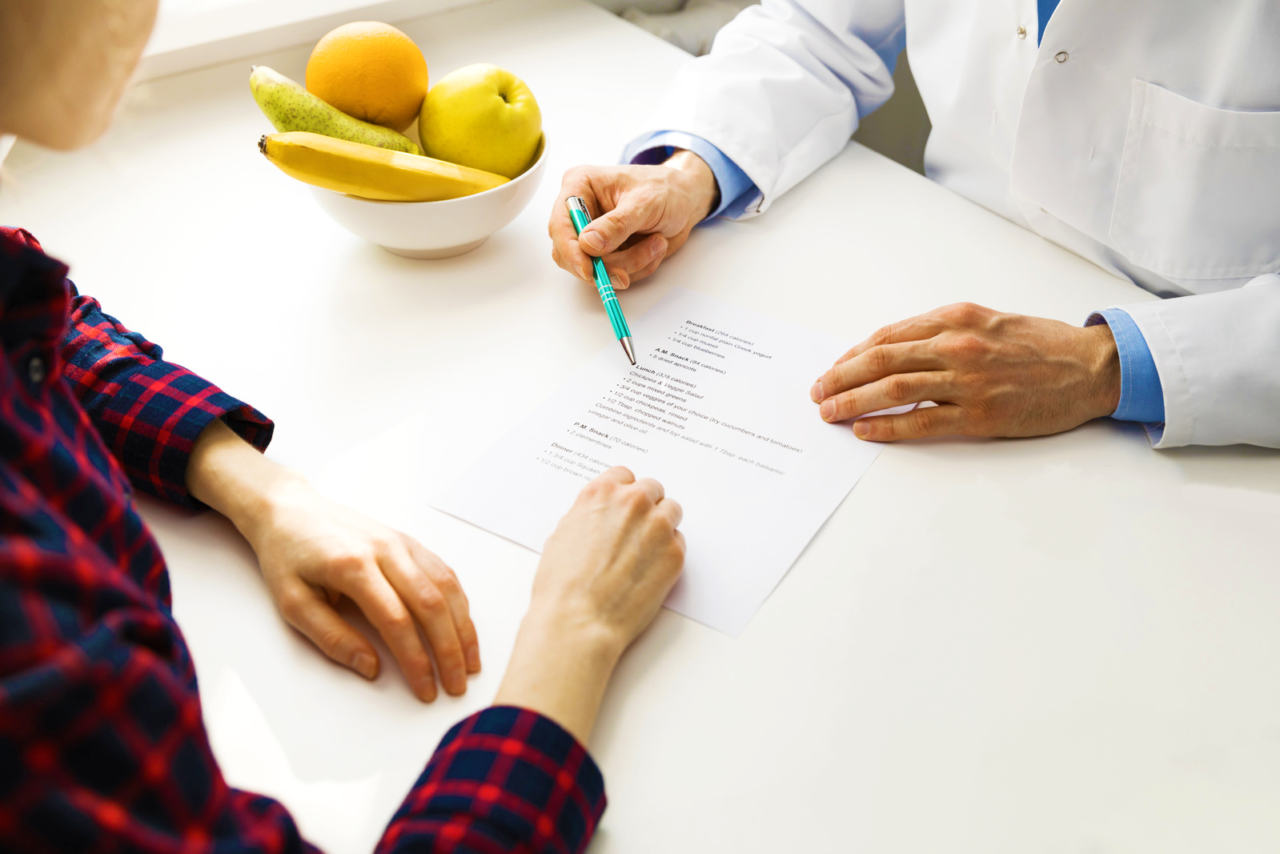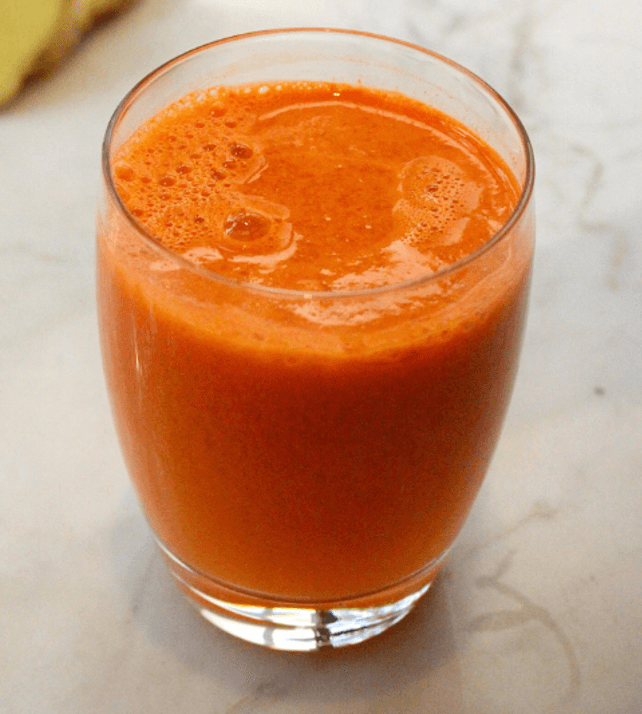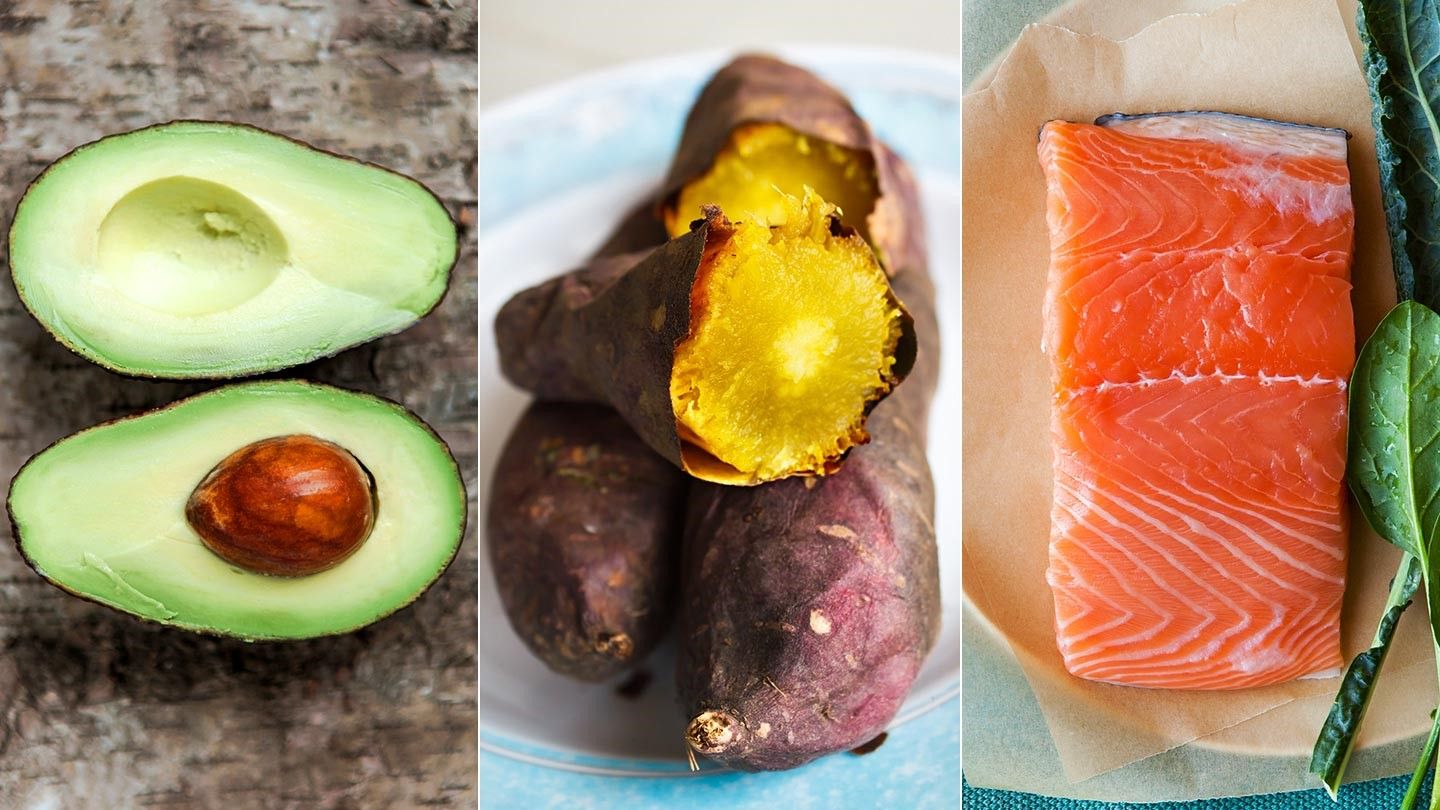Ulcerative colitis is a chronic inflammatory disease of the gastrointestinal (GI) tract, called inflammatory bowel disease (IBD). Crohn’s disease and microscopic colitis are the other common IBDs. Ulcerative colitis is a chronic disease that causes inflammation and ulcers on the inner lining of the large intestine.
Ulcerative colitis most often begins gradually and can become worse over time. Symptoms can be mild to severe. Most people have periods of remission and the goal of care is to keep people in remission long term.
While the exact cause of ulcerative colitis is unknown, researchers believe the following factors may play a role:
- Overactive intestinal immune system: Normally, the immune system protects the body from infection by identifying and destroying bacteria, viruses, and other potentially harmful foreign substances. Researchers believe bacteria or viruses can mistakenly trigger the immune system to attack the inner lining of the large intestine. This immune system response causes the inflammation, leading to symptoms.
- Genes: Research studies have shown that certain abnormal genes may run in families and appear in people with ulcerative colitis. However, researchers have not been able to show a clear link between the abnormal genes and ulcerative colitis.
- Environment: Some studies suggest that certain things in the environment may increase the chance of a person getting ulcerative colitis, although the overall chance is low. Nonsteroidal anti-inflammatory drugs, antibiotics, and oral contraceptives may slightly increase the chance of developing ulcerative colitis. A high-fat diet may also slightly increase the chance of getting ulcerative colitis.
- Stress and diet: Some people believe eating certain foods, stress, or emotional distress can cause ulcerative colitis. A few studies suggest that stress may increase a person’s chance of having a flare-up of ulcerative colitis. Also, some people may find that certain foods can trigger or worsen symptoms.
Ulcerative colitis (UC) falls under the category of inflammatory bowel diseases (IBD). This chronic condition leads to inflammation and ulcers in the colon and rectum. Active UC is marked by symptoms such as abdominal pain, bloody diarrhea (hematochezia), weight loss, fever, and anemia. The severity of symptoms can vary, and they often manifest gradually. It is common for symptoms to occur intermittently, with periods of remission between flares. Complications may include abnormal colon dilation (megacolon), inflammation in the eyes, joints, or liver, and an increased risk of colon cancer.
The precise cause of UC remains unknown, but theories suggest immune system dysfunction, genetic factors, alterations in gut bacteria, and environmental influences. Rates of UC are higher in developed countries, with some attributing this to reduced exposure to intestinal infections or a Westernized lifestyle.
Interestingly, early removal of the appendix may offer protective benefits. Diagnosis typically involves a colonoscopy with tissue biopsies.
Managing UC involves dietary adjustments, such as maintaining a high-calorie or lactose-free diet. Medications, including aminosalicylates (e.g., mesalazine or sulfasalazine), steroids, immunosuppressants (e.g., azathioprine), and biologic therapy, are employed to treat symptoms and induce remission. In severe cases or when complications like colon cancer arise, surgical removal of the colon may be necessary. This procedure, which also involves removing the rectum, often results in a cure for the condition.
References:
- NIDDK
- “Ulcerative Colitis”. Autoimmune Registry Inc.
- Molodecky NA, Soon IS, Rabi DM, Ghali WA, Ferris M, Chernoff G, et al. (January 2012). “Increasing incidence and prevalence of the inflammatory bowel diseases with time, based on systematic review”. Gastroenterology.
- Akiho H, Yokoyama A, Abe S, Nakazono Y, Murakami M, Otsuka Y, et al. (November 2015). “Promising biological therapies for ulcerative colitis: A review of the literature”. World Journal of Gastrointestinal Pathophysiology.


